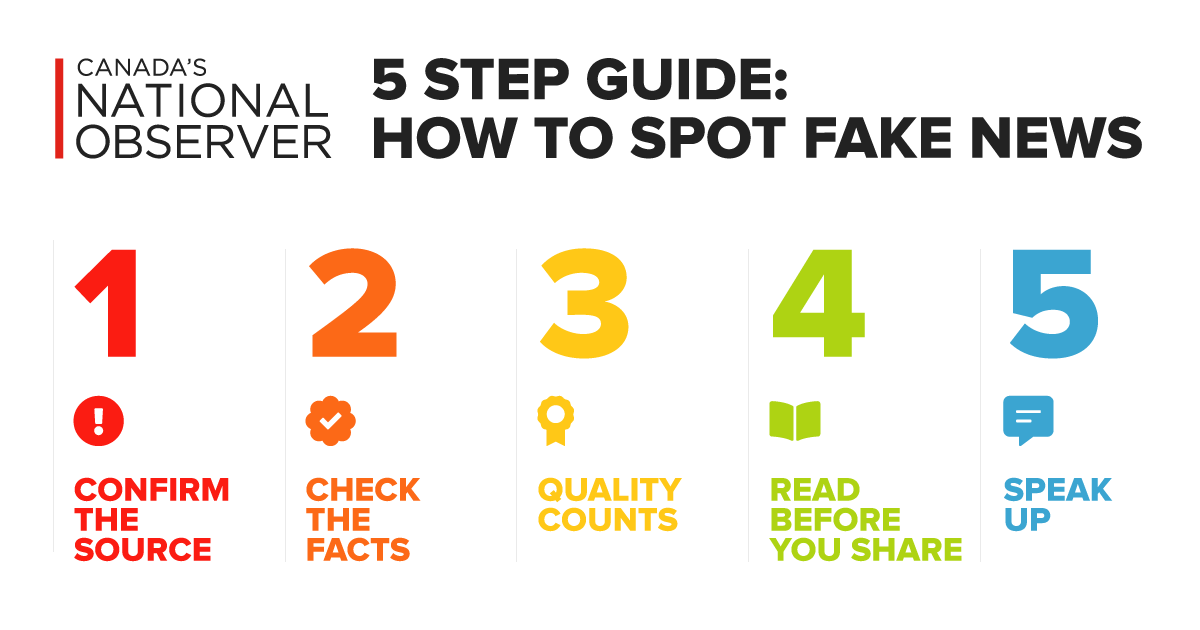Vidya Sethuraman
India Post News Service
With the United States, Presidential Election set for next month, the concern over fake news has once again dominated public discourse. Bad actors seek to create confusion, depress voter enthusiasm, and change the course of the elections.
Social media companies have found no magic bullet to fight disinformation, or “fake news,” since the 2016 U.S. elections. In short, fake news threatens the social trust we have in our institutions and in each other. But in our current reality, social media has turned into a far more nefarious tool used to spread misinformation and divide people. EMS arranged for a videoconference with the experts on Oct 16 to discuss this burning topic.
Disinformation campaigns are more sophisticated than ever before and the threats they pose can be more difficult to identify, quantify and mitigate in a timely manner than a software security flaw.
Misinformation is information that is false, but not created or shared with the intention of causing harm. Disinformation is false information that is deliberately created to mislead, harm or manipulate a person, social group, organization or country.
Cameron Hickey, Program Director, Algorithmic Transparency, National Conference on Citizenship explained on what to look for. The speaker urged the journalists and public to look out for fear and manipulation content, conspiracy theories that reference boogeymen:the “deep state,” Bill Gates or George Soros, missing context: information lacking critical background details;
Pseudoscience: unproven cures for COVID-19; climate change denial; hate and dog whistles: terms or themes that divide based on identity; faulty Logic: logical fallacies like false-equivalence or a straw man argument and Old: something that was once relevant may not be today. She said each one of us has to Monitor, Report and Educate. Watch your own feed and find new feeds to track, engage others to be vigilant, create inoculating messages and share credible information, added Cameron.
Voter depression isn’t about giving voters the wrong information that would keep them from making it to the polls, like discrediting mail-in ballots by disparaging the postal service. Rather, with voter depression, the goal is to make people who would otherwise vote feel that there’s no reason to do so, stoking inaction and apathy, said Jacquelyn Mason, Senior Investigative Researcher at First Draft.
It poses a particular threat to Black and Latin communities. Disinformation doesn’t just play out online; it can translate to real-world consequences, especially around voting behavior. And since Latin and Black communities are key voting blocs in the upcoming election, these communities continue to be targeted by foreign and domestic bad actors seeking to shift the outcome of the election. Jacobo Licona, disinformation research lead at Equis Labs, explained how disinformation targeting the Latin community preys on confusion, distrust and fear to keep people from voting.
Each one of us can stop disinformation and contribute to election security and confidence by taking the following steps:
- Get your election information from trusted sources, such as state and local election authority websites
- Do not act on a single piece of information, verify before action
- Check if social media accounts are verified before viewing their content
- Have a voting plan
- Do not post personal ballot information online
- Report disinformation
Common solutions today, such as fact-checking websites and artificial intelligence algorithms are deployed only after the fact — they aim to detect fake news that has already been created. The major social media platforms continue to take steps to ban accounts or remove messages associated with disinformation campaigns, but doing so before many people are exposed to the falsehoods is incredibly difficult.







